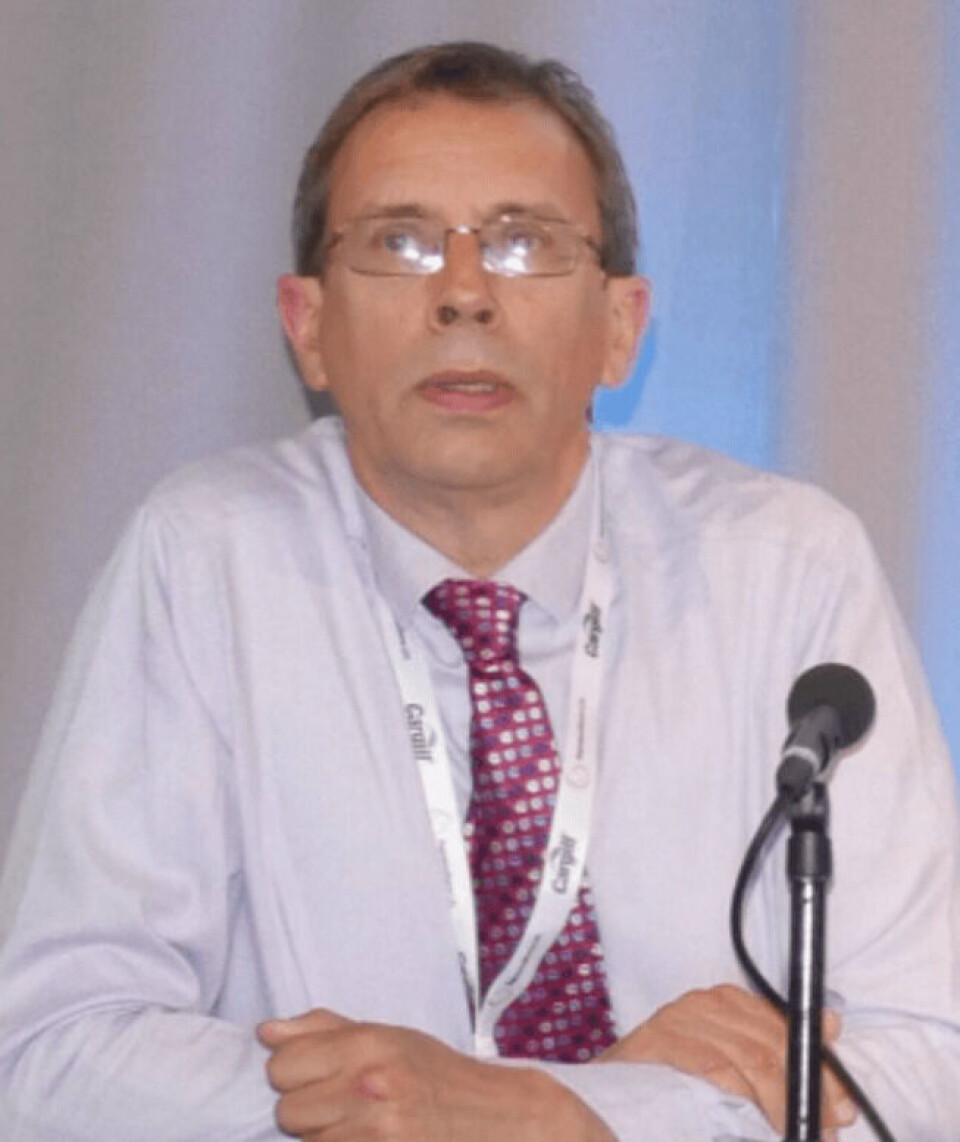
Exploring aquaculture’s progress over 20 years
A study involving the University of Stirling found that the aquaculture industry has made significant strides towards sustainability over the last 20 years.
The findings, published in Nature, also note that in order for the sector to fully deliver its potential globally, more effective oversight measures are needed.
The study’s lead author, Rosamond Naylor of Stanford University, set out to chart the industry’s progress two decades after she authored research criticising fish farming. Her focus then was the damage inflicted on ocean fisheries because carnivorous farm-raised species required large amounts of wild fish for feed.
The volume of global aquaculture production has since tripled, and as the demand for seafood around the world continues to expand, aquaculture will keep growing, said Naylor.

‘If we don’t get it right, we risk the same environmental problems we’ve seen in land-based crop and livestock systems: nutrient pollution, excessive use of antibiotics and habitat change that threatens biodiversity.’
In the new paper, aquaculture specialists and scientists from Asia, Europe, South America and the US assessed the state of the industry by synthesising hundreds of studies conducted over the past 20 years on issues ranging from value chain developments in freshwater aquaculture to the use of wild fish in feeds to seaweed market challenges.
Freshwater
Among the findings, freshwater aquaculture - comprising nearly 150 species of fish, shellfish and plants - accounts for 75% of farmed aquatic food consumed directly by humans.
One of the authors, Professor David Little of the University of Stirling’s Institute of Aquaculture, said: ‘Most aquaculture is about fish people can afford to eat – and most of the farming of aquatic animals happening in Asian countries stays in those countries. It’s having an important impact on food security and rural livelihoods.’
Other regions, including Africa, are increasingly benefiting from the introduction of freshwater aquaculture. But while small freshwater farms are on the rise around the world, there is little oversight of their practices.
High value
The researchers also found that the production of high-value shrimp, salmon and other marine fish rose rapidly, contributing to a significant rise in the share of global fishmeal and fish oil used by aquaculture. Yet, the ratio of wild fish input per fed fish output has dropped almost seven-fold since 1997.
‘We have been successful in converting carnivorous fish, such as salmon and trout, largely into vegetarians,’ said study co-author Ronald Hardy of the Aquaculture Research Institute at the University of Idaho.
In the study, the researchers call for better management of antimicrobial use in fish farming to limit the development of drug-resistant microbes that threaten both fish and human health, and regulation of marine farm sites.
They also recommended incentives for sustainably designed systems to prevent cross-contamination between fish waste and surrounding waters.
Read the full study here.






















































